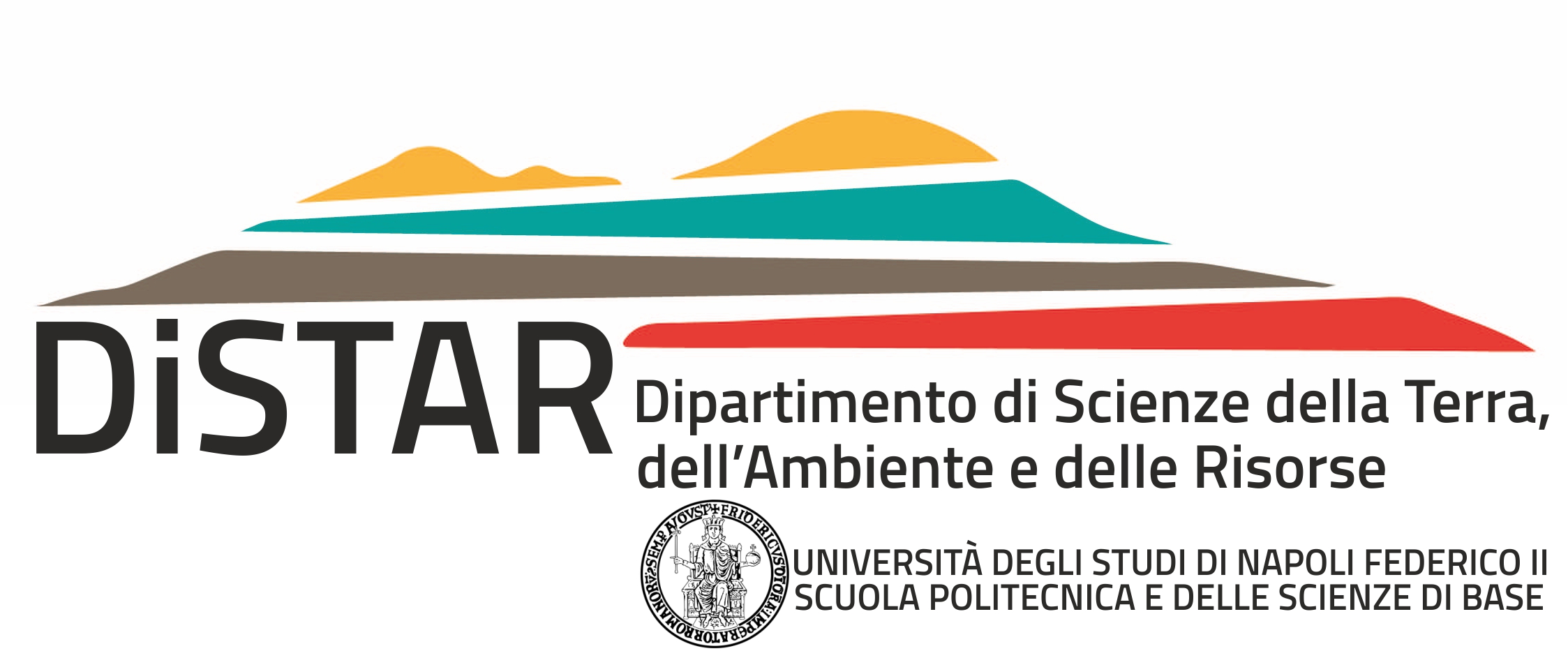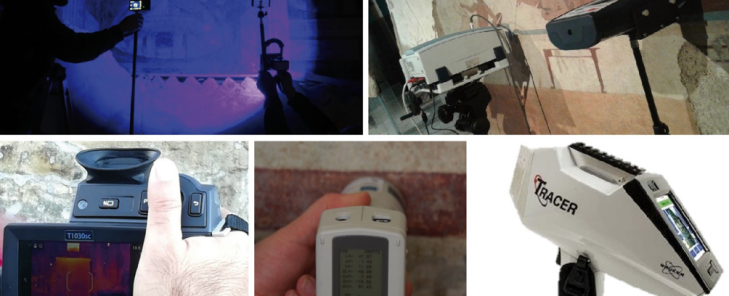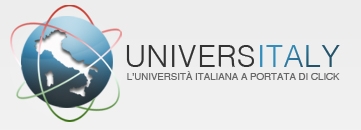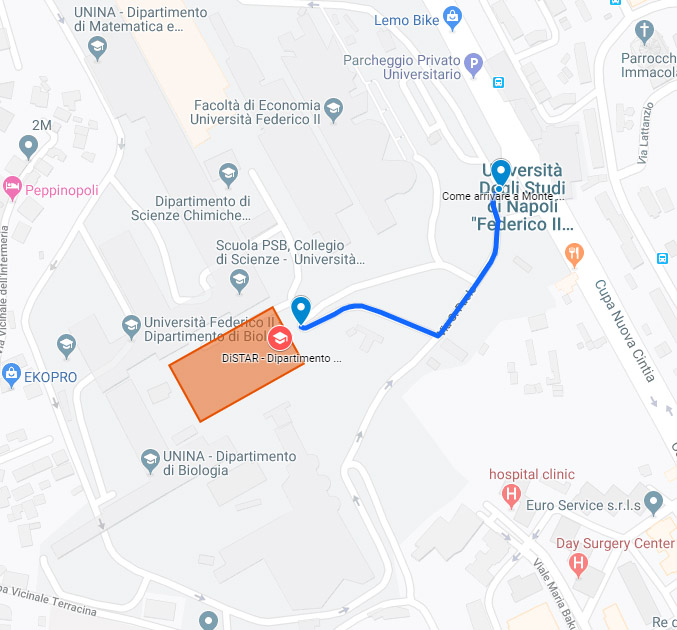Archaeometry and Cultural Heritage
External collaborators: Claudia Di Benedetto, Vincenza Guarino
Archaeometry, or Archaeological Science, is the application of scientific techniques to the analysis of archaeological and Cultural Heritage materials. Geological methods, and mineralogical-petrographic techniques in particular, are those that best serve to obtain information on provenance and technological features of archaeological items made from geological materials (natural and synthetic). This multidisciplinary approach provides useful data on geomaterials used in the Cultural Heritage in order to assess their degradation processes and better plan conservation and restoration interventions. The research is also conducted in close cooperation with archaeologists with the aim of reconstructing the exchanges between ancient civilisations and evaluating their technological development.
Archaeometric investigations are carried out by means of a multi-analytical approach with facilities (portable and laboratory instruments) available at the DiSTAR
See the website of the CRACS (Center for Research on Archaeometry and Conservation Science) for further information
Ceramics
The mineralogical-petrographic approach is commonly used to find the provenance of pottery via the comparison with the raw materials composition and with the geological features of the territory. Furthermore, it is possible to reconstruct the production technologies of ceramics, from the preparation of the mixtures and coatings to firing dynamics (temperature, atmosphere). The research team at the DiSTAR has gained experience by investigating various ceramic classes (table ware, cooking ware, amphorae, bricks, etc.) of different periods and provenance. In particular, from Campanian archaeological sites (Cumae, Neapolis, Pompeii, Paestum, etc.), but also from other locations in Italy and abroad (Asia, Africa).
Mortars and plasters
An important part of the research is aimed at the study of geomaterials used as a binder (mortars and concretes), with a specific focus on those from Roman age in the Campanian context. Important data on raw material sources and their circulation can be obtained, along with the knowledge of the ancient production technologies. This can be a starting point to produce new types of binders and mortars, by studying the crystallization processes of new-forming phases. Furthermore, it is possible to recognise different building phases, evaluate degradation of geomaterials and help other scientists in formulating useful products for restoration, compatible with the materials in use and the environmental conditions.
Building and ornamental stones
The research is mainly focused on the study of the ornamental and building stones used in historic buildings, also in order to plan a possible reuse of the ancient quarries and promote the knowledge of the different lithotypes. The activity is carried out in collaboration with experts in the history of architecture and restoration to improve awareness of stones used in the Cultural Heritage, interpreting their degradation processes and helping in the proposal of long-lasting conservation plan. An important role is played by integrated diagnostics (along with other expertise) for interpreting the historical architecture features and steering conservative interventions.
Metals
The archaeometric investigation of ancient metals from the Mediterranean area (Bronze Age, Iron Age, Orientalising, etc.) performed at the DiSTAR mainly concern the mineralogical and petrographic characterisation of these objects. The research is also aimed at the eventual recovery and conservation of metal artefacts and at the study of the raw materials sources from the different metal deposits, by means of mineralogical-geochemical analysis (minor elements and traces, isotopic analysis, etc.).
Paintings
The archaeometric analyses on paintings are used to identify the substances used as pigments, along with their provenance and their production techniques. A particular role is played by of nondestructive testing, useful for analyses without taking samples and altering the investigated material.







